NANO TRIAXIAL TILT SENSOR
The Nano range uses the same core platform as our other tilt sensors, so it can deliver a similar level of performance and reliability, all in a small and robust enclosure. Nanos have been successfully used in many applications, including:
- Tunnel distortion
- Tunnel heave/settlement
- Embankment slippage (used in conjunction with stake mounts)
- Structural movement
- Rail track heave/settlement
- Rail trackbed cant and twist
Categories: Geo-Structural Instruments, Tilt meters
Description
Includes the Nano, NanoPlus, and NanoMacro Triaxial Tilt Sensor Nodes.
The Nano triaxial tilt sensor node range has its own unique miniature form and is built to deliver precise, reliable tilt monitoring for demanding applications such as rail, construction and mining. This tiltmeter is easy to deploy, durable, has no external aerial and a waterproof shell (IP68/IP69K rated) that can withstand the most challenging environments. The Nano’s discreet form and wide range of simple fixings allow for extremely quick installation to any surface using glue, screw or magnetic mounting. Its innovative design allows the Nano Tiltmeter to be installed in any orientation making it ideal for wireless tilt monitoring of tunnels, bridges, buildings and retaining walls. The NanoMacro and NanoPlus tiltmeters are often used in conjunction with tilt beam. The Nano range comes with Near Field Communication (NFC)™ capability, enabling the user to adjust settings directly at the node. With a maximum reporting frequency of two seconds, the Nano is ideal for applications where a high reporting rate is needed. It has a resolution of 0.0001° (0.00175 mm/m), and repeatability options as low as ±0.0005° (±0.0087 mm/m). The Nano tilt monitoring system offers unrivalled specifications and a battery life of up to fifteen years, making it the future of wireless tilt sensing.
Additional information
| Brands | |
|---|---|
| Range |
±90° |
| Resolution |
0.0001° (0.00175 mm/m) |
| Repeatability |
±0.0005° (±0.0087 mm/m) |
| Diameter |
40 mm |
| Height |
30 mm |
| Total Mass |
40 g |
| Housing Material |
PVC and Aluminium |
| Protection (BS EN 60529: 1992 + A2: 2013) |
IP68 at 2m for 24 hours |
| Mounting Options |
Magnetic, screws, gluing |
| Operating Temperature Range |
-40°C to +85°C |
Reviews (0)
Be the first to review “NANO TRIAXIAL TILT SENSOR” Cancel reply
About brand
Since 2005, Senceive has been singularly focused on bringing intelligent wireless condition monitoring to civil engineering and rail applications. Senceive is widely seen as the global leader for wireless remote condition monitoring solutions, with more than 30,000 sensors installed in 2020 alone.
Related products
VW PIEZOMETER VWP-3000 SERIES
In stock
Rated 0 out of 5
TILT BEAM
In stock
Rated 0 out of 5
The Tilt Beam is a lightweight, rigid aluminium beam that is used in conjunction with a Triaxial Tilt Node, a NanoPlus or a NanoMacro.
The tilt beam has been successfully used in many applications, including:
- Movement monitoring of any structure
- Longitudinal settlement
- Tunnel convergence/divergence
- Lateral displacements
IPI-X IN PLACE INC – EXT
In stock
Rated 0 out of 5
INCLINOMETER CASING QJ
In stock
Rated 0 out of 5
HUMIDITY & CORROSION (CorroDec®2G)
In stock
Rated 0 out of 5
The structural infrastructure must always meet requirements such as performance, stability and durability. These requirements will have a lasting effect on our mobility in the future. The corrosion risk and the corrosion activity of the reinforcing steel largely define these requirements and are determined by various impact and material parameters.
INCLINOMETER CASING XC
In stock
Rated 0 out of 5
INCLINOMETER SPIRAL SENSOR
In stock
Rated 0 out of 5
MAGNETIC EXTENSOMETER GXM RANGE
In stock
Rated 0 out of 5
The GEO-XM settlement system is a magnet extensometer system used typically to monitor settlement and heave in foundations, excavations and embankments.
Data received identifies the depth and position where settlement has occurred as well as the total amount of settlement.
It can also be installed behind retaining structures, such as sheet piles and slurry walls, and above underground openings, such as tunnels and shafts.


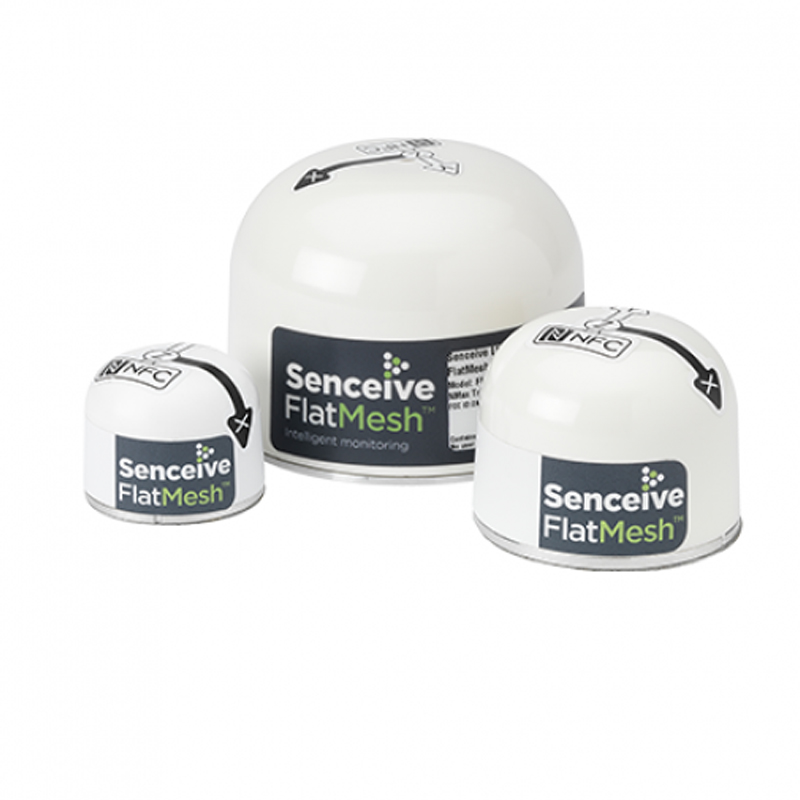
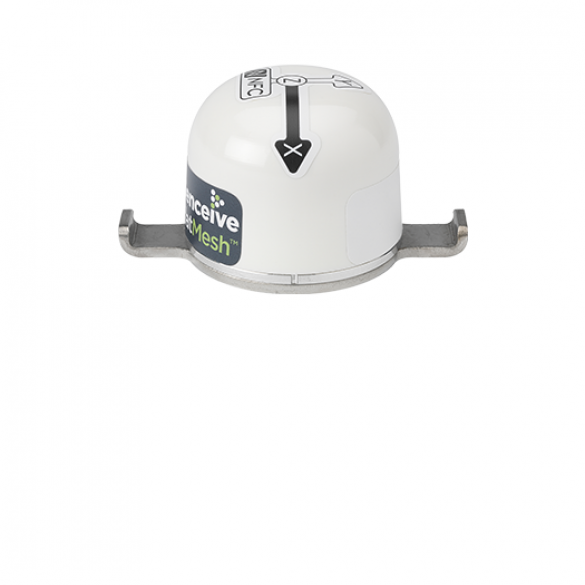
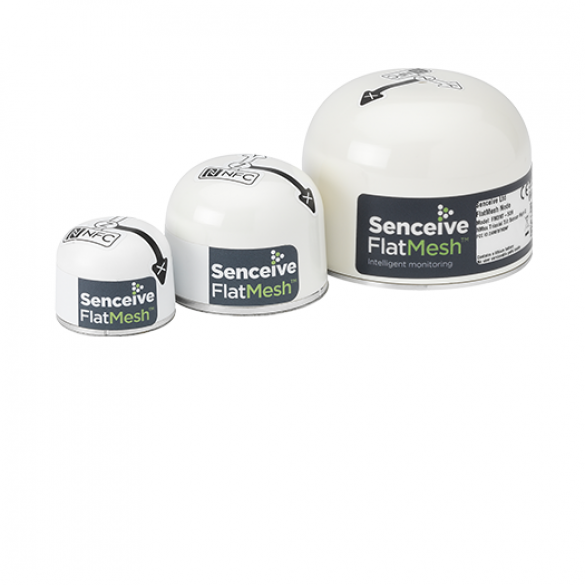
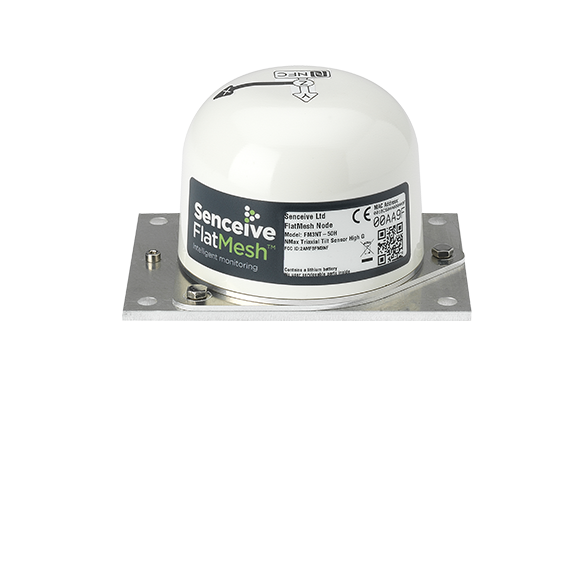
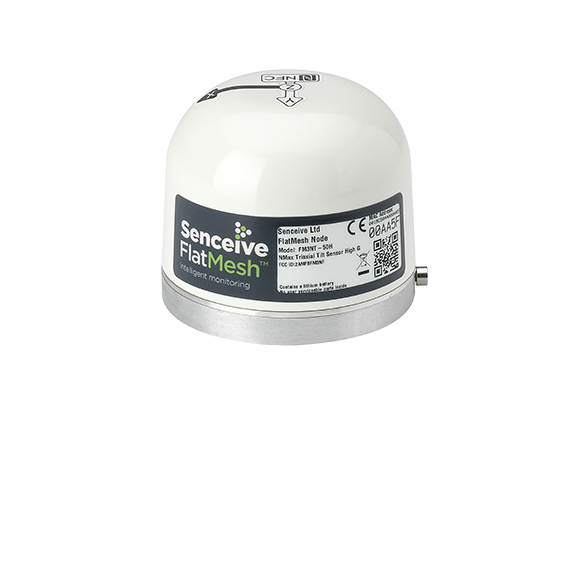
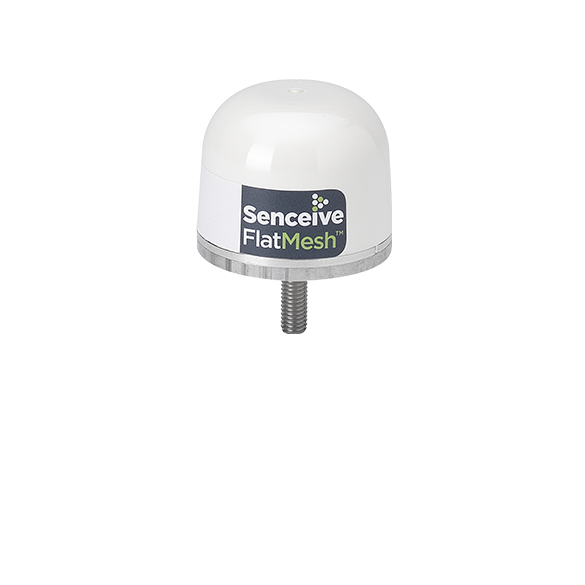
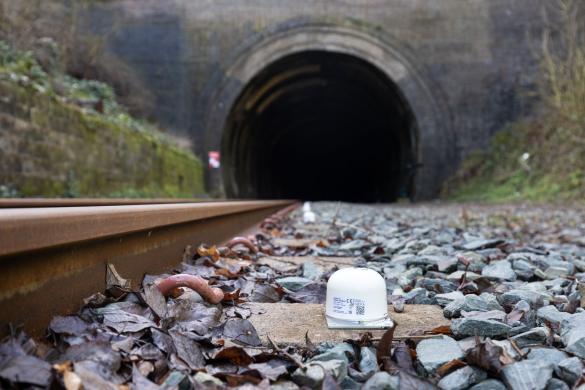
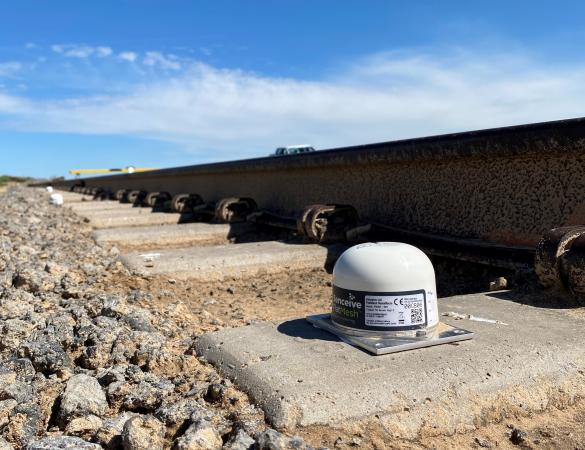
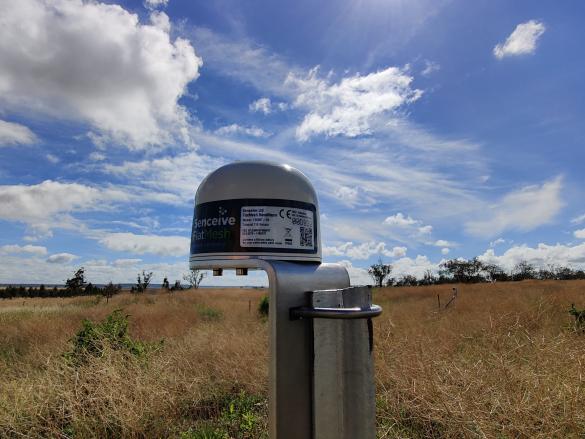

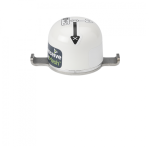

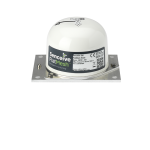
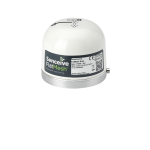
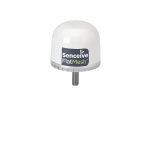

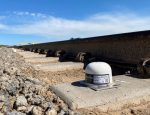
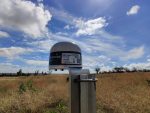
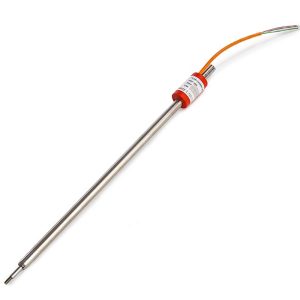
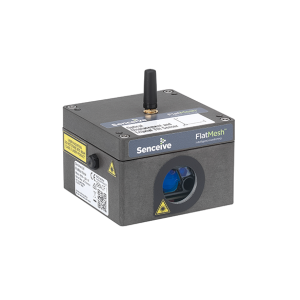

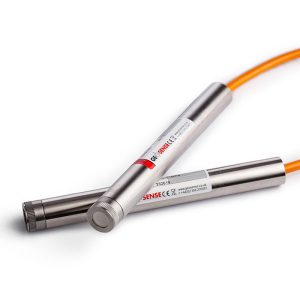

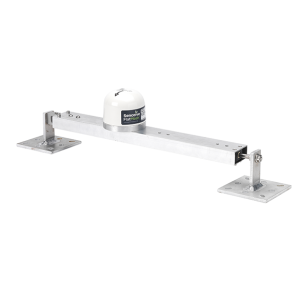
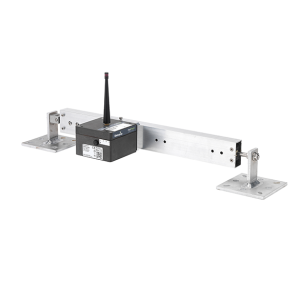
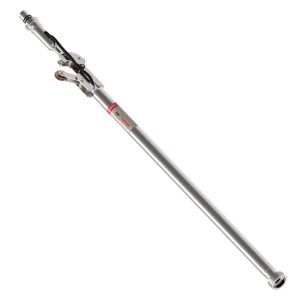
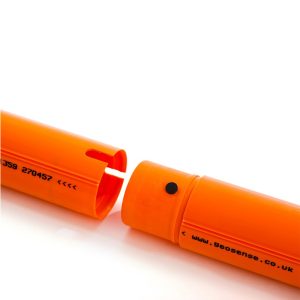
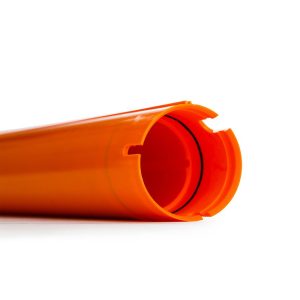
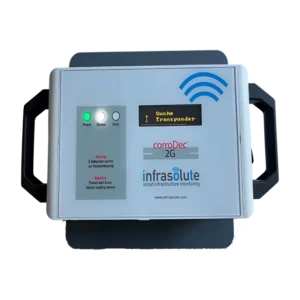
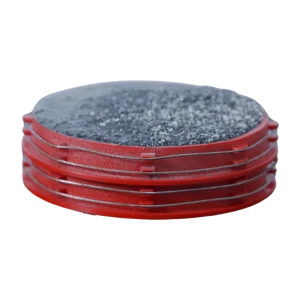
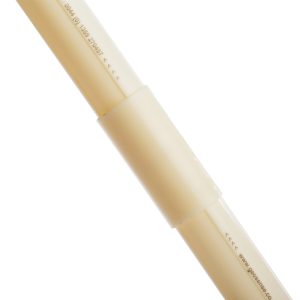
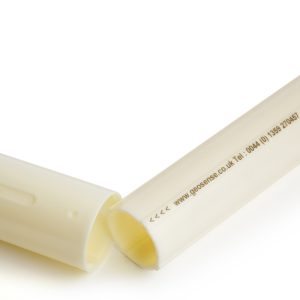
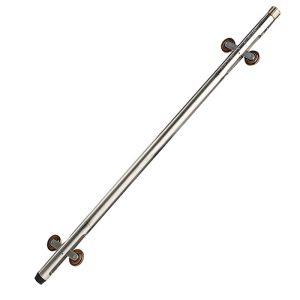
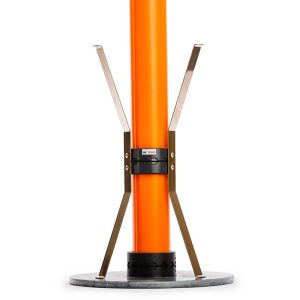
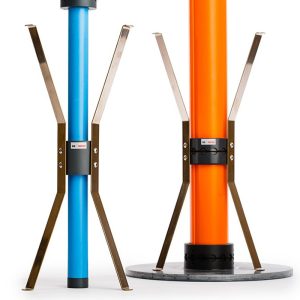
Reviews
There are no reviews yet.